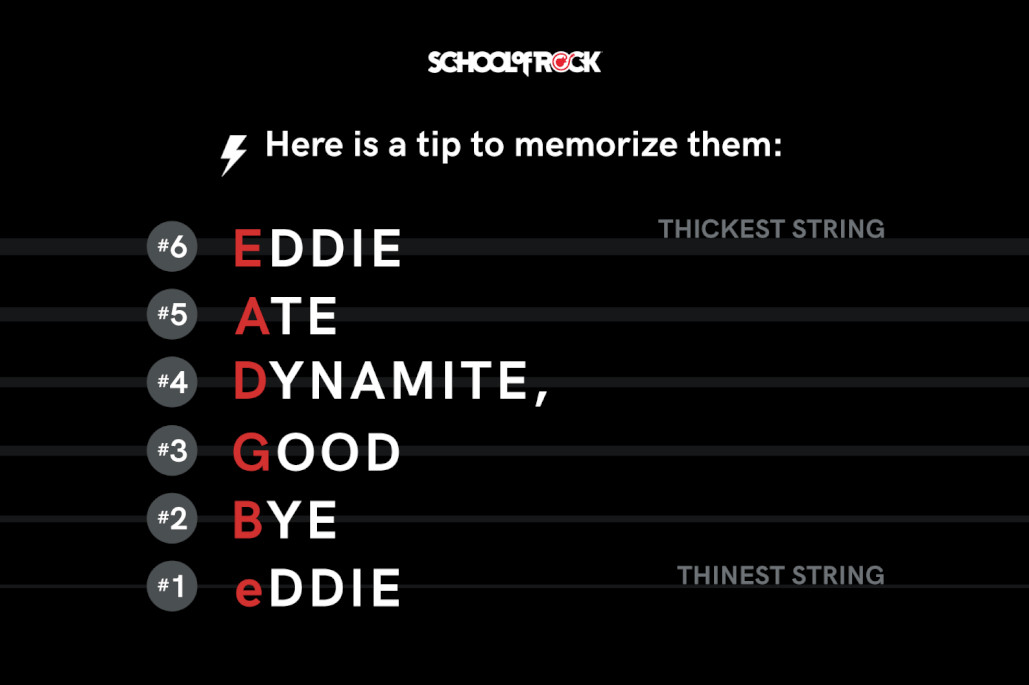Learning to tune a guitar is a fundamental skill for any aspiring guitarist. An out-of-tune guitar simply won’t sound right, no matter how well you play. This guide will walk you through the process of tuning your guitar, whether you’re using an electronic tuner or relying on your ear. We’ll cover identifying guitar string notes and provide tips to keep your instrument sounding its best for longer. Regular, in-tune practice is much more enjoyable and rewarding, making this a crucial first step in your guitar journey.
Understanding the Basics of Guitar Tuning
Guitar tuning is all about adjusting the tension of the strings to achieve the correct pitches. This adjustment is done using the tuning pegs located on the guitar’s headstock. Turning these pegs changes the string tension, and thus the pitch. Tightening a string increases the pitch (makes it sharper), while loosening it decreases the pitch (makes it flatter).
How Frequently Should You Tune Your Guitar?
Ideally, you should tune your guitar every single time you plan to play it. Guitars are sensitive instruments and can easily fall out of tune due to changes in temperature, humidity, and even just the act of playing. String bending and extended playing sessions are particularly likely to cause detuning. It’s a good habit to check your guitar tuning frequently while playing. If chords start to sound off, even when you’re sure you’re fretting them correctly, it’s a clear sign that your guitar needs to be tuned.

Methods for Tuning Your Guitar
Modern technology has made guitar tuning incredibly accessible. Electronic tuners are fast and accurate. However, developing your ear and learning to tune using reference notes is also a valuable skill.
Tuning with a Chromatic or Pitch Tuner
Clip-on electronic tuners have become a game-changer for guitarists. Unlike older models that required plugging in, these tuners attach directly to the guitar’s headstock. They detect string vibrations and indicate whether a string is flat (too low), sharp (too high), or in tune. They work equally well for both acoustic and electric guitars. These tuners are affordable, precise, and user-friendly, making them an excellent tool for tuning your guitar quickly and easily. Many beginner guitar amplifiers also include built-in tuners for added convenience.
Tuning Your Guitar Without an Electronic Tuner
If you find yourself without a tuner, or simply want to develop your ear training, tuning by ear is a useful skill. Fortunately, smartphone apps offer a readily available alternative. Numerous tuner apps are available, many of them free. These apps utilize your device’s microphone to detect the pitch of your guitar strings and display whether you are in tune. As you adjust the tuning pegs, the app provides visual feedback until the string reaches the correct pitch.
Another method is to use a reference pitch from a reliable source, such as a piano or another guitar that you know is correctly tuned. This method requires a bit more practice as you need to tune one of your guitar strings to the reference pitch solely by ear. This involves listening carefully to the reference pitch, playing the corresponding note on your guitar, and comparing the two. Adjust your guitar string until its pitch perfectly matches the reference. Once you have one string in tune, you can then tune the remaining Guitar Notes Strings by fretting a note on a lower string and tuning the open string above it to match that fretted note.
Identifying Guitar String Names and Notes: EADgbe
A standard guitar has six strings. When listed from the thickest (lowest pitch) to thinnest (highest pitch), the guitar string notes are E, A, D, G, B, and E.
 Close-up image of a guitar headstock showing the tuning pegs and strings, emphasizing the importance of identifying guitar notes for tuning.
Close-up image of a guitar headstock showing the tuning pegs and strings, emphasizing the importance of identifying guitar notes for tuning.
To help remember these guitar string names, you can use mnemonics like “Eddie Ate Dynamite, Good Bye Eddie” or “Elephants And Donkeys Grow Big Ears”. The 1st string is the thinnest, high E string, and the 6th string is the thickest, low E string.
 A visual aid for memorizing guitar string names using the mnemonic "Eddie Ate Dynamite, Good Bye Eddie" with each word associated with a string.
A visual aid for memorizing guitar string names using the mnemonic "Eddie Ate Dynamite, Good Bye Eddie" with each word associated with a string.
Beyond standard tuning, there are also alternate guitar tunings that offer different sounds and playing possibilities. Exploring these can expand your musical horizons as you progress.
Step-by-Step Tuning of Each Guitar String Note
Tuning Your Low E String (6th String)
If you have a reference pitch, begin by tuning your low E string (the thickest string) to it. If you don’t have a reference, you can play the 7th fret of the A string – this will produce an E note to tune your low E string to.
Tuning Tip for the 6th String (Low E)
Tune the low E string to match your reference E note. Adjust the tuning peg to raise or lower the pitch until both notes sound the same.
Tuning Your A String (5th String)
Next, tune your A string. Fret the 5th fret of the low E string (6th string). This fretted note is an A. Tune your open A string (5th string) to match the pitch of this fretted note. Adjust the tuning peg until both notes are in agreement.
Tuning Your D String (4th String)
To tune the D string, fret the 5th fret of the A string (5th string). This note is a D. Tune your open D string (4th string) to match this pitch, adjusting the tuning peg as needed.
Tuning Your G String (3rd String)
Tune the G string by fretting the 5th fret of the D string (4th string). This fretted note is a G. Tune your open G string (3rd string) to match this pitch.
Tuning Your B String (2nd String)
The tuning pattern changes slightly for the B string. Fret the 4th fret of the G string (3rd string). This note is a B. Tune your open B string (2nd string) to match the pitch of this fretted note.
Tuning Your High E String (1st String)
Finally, tune the high E string. Fret the 5th fret of the B string (2nd string). This note is a high E. Tune your open high E string (1st string) to match this pitch.
Once you’ve become comfortable with tuning each guitar notes strings, you’ll be ready to explore more advanced techniques like reading guitar tabs and learning your favorite songs.

Explore Guitar Summer Camps
School of Rock summer music camps offer an immersive experience for learning guitar. These camps cover essential skills like tuning and playing songs in a band setting. With workshops on songwriting and stage presence, these camps are designed for all skill levels.
Discover Summer Camps
Tips for Keeping Your Guitar in Tune for Longer
After you’ve tuned your guitar, there are several steps you can take to help it stay in tune longer:
- Regularly Change Your Strings: Old strings lose their elasticity and ability to hold tune. When your strings start to sound dull or frequently go out of tune, it’s time to replace them with a fresh set.
- Stretch New Strings: New guitar strings need to be stretched to stabilize their tuning. Gently stretch new strings after installing them by lightly pulling them away from the fretboard. Be careful not to pull too hard, which could break them. Playing also helps stretch new strings.
- Maintain Proper Guitar Care: Protect your guitar from extreme changes in temperature and humidity. When you’re finished playing, wipe down the strings with a soft cloth and store your guitar in its case or gig bag.
By following these tuning steps and maintenance tips, you’ll ensure your guitar is always in tune, making your practice sessions more productive and enjoyable.
Thinking about getting a new guitar? Check out our Guitar Buying Guide
